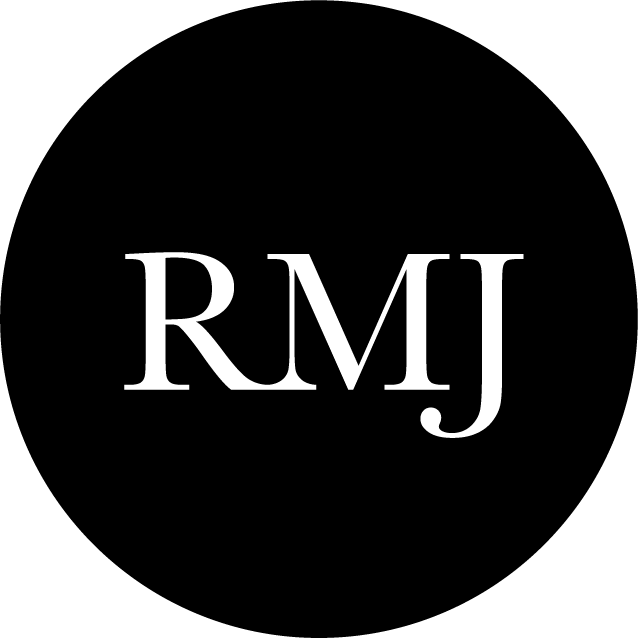
|
Rwanda Medical Journal
Rwanda Health Communication Center - Rwanda Biomedical Center (RHCC - RBC)
ISSN: 2079-097X
EISSN: 2079-097X
Vol. 70, No. 4, 2013, pp. 31
|
 Bioline Code: rw13029
Bioline Code: rw13029
Full paper language: English
Document type: Short Communication
Document available free of charge
|
|
|
Rwanda Medical Journal, Vol. 70, No. 4, 2013, pp. 31
| en |
MANAGEMENT OF WILMS TUMOR IN RWANDA: POTENTIAL FOR SUCCESS AND ADVANCING RESEARCH IN AFRICA
Ntaganda, E.; Ndibanje, A.J. & Rutayisire, L.
Abstract
Background: Incidence of malignant paediatric tumours is difficult to estimate in Africa due to various factors like the lack of vital hospital statistics
and cancer registries in most countries .The reported incidence ranges between 5% and 15% of all malignant tumours. Wilms tumour is a common
childhood tumour affecting mainly toddlers and is ranked as the second most common malignant childhood tumour after Burkitt Lymphoma in sub-
Saharan Africa.
Methods: We have conducted a PubMed search using Wilms, tumour, incidence and Africa as search terms and have retrieved 77 articles. These
articles were reviewed for content and relevant information pertaining to the incidence, management and outcomes of patients with Wilms tumour.
We have also searched the Kigali University Teaching hospital (KUTH) surgical operative database for cases operated for Wilms tumour over a period
of 12 months (September 2012-September 2013).
Results: The largest number of patients that was reported on in these different articles was 188 patients and the periods studied spanned from 2 to
25 years. Limited access to care, late presentation and loss for follow up were cited among barriers to achieve optimal outcomes. In the preliminary
review of the cases managed at (KUTH), we found 18 patients operated on for Wilms tumour over a period of 1 year. The majority of these patients
benefited from a pre operative and post operative chemotherapy.
Discussion: The health system in Rwanda provides a unique framework for access to care and the required ingredients for an optimal management
of Wilms tumour as per SIOP or NWTSG protocol are progressively falling into place. Mobile telephone network greatly eases communication with the
patients for follow up and genetic testing of the affected patients could be performed and help us to understand the role of genetics in Wilms tumour
aetiology in this region.
Conclusion: A good number of patients with Wilms tumour are receiving appropriate management according to international management. There is
room and opportunity to improve on the management process and to conduct valid research.
|
| |
© Copyright 2013 - Rwanda Medical Journal
Alternative site location: http://www.rwandamedicaljournal.org
|
|
